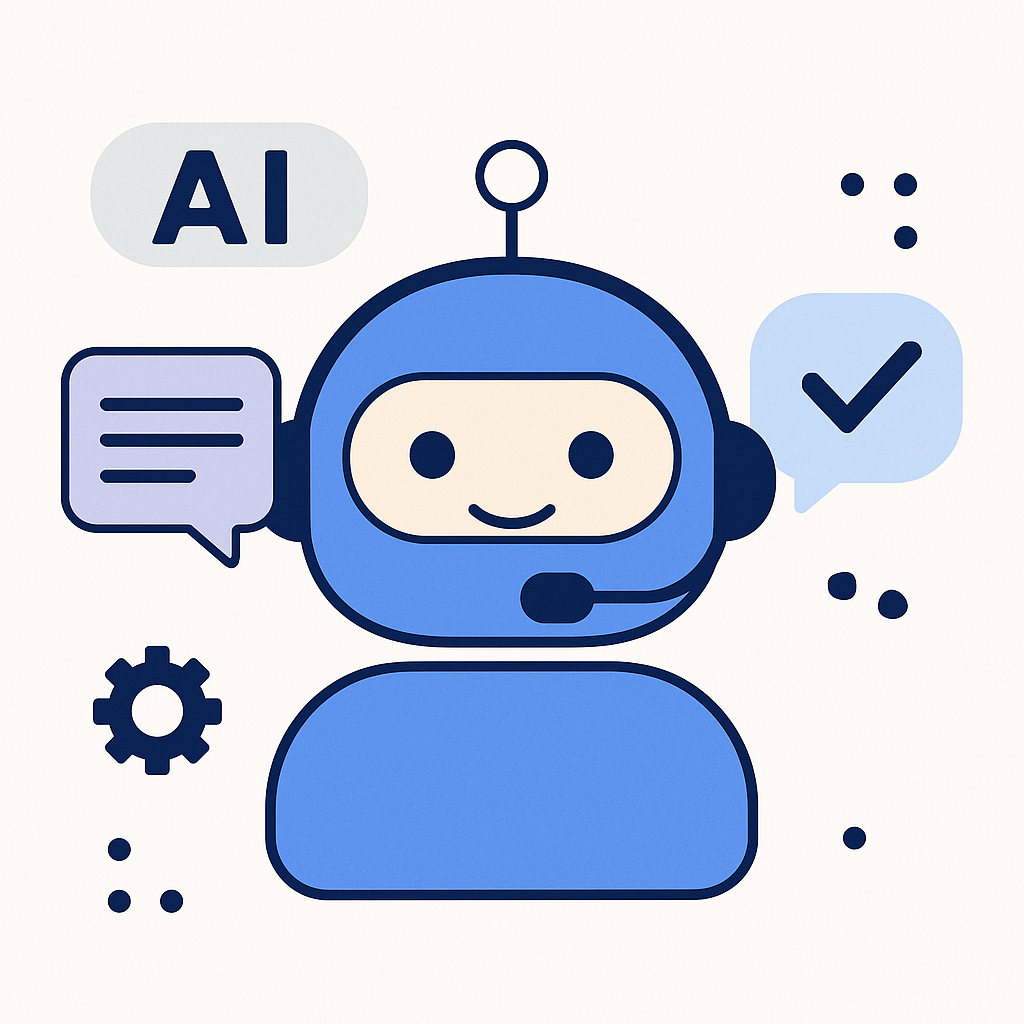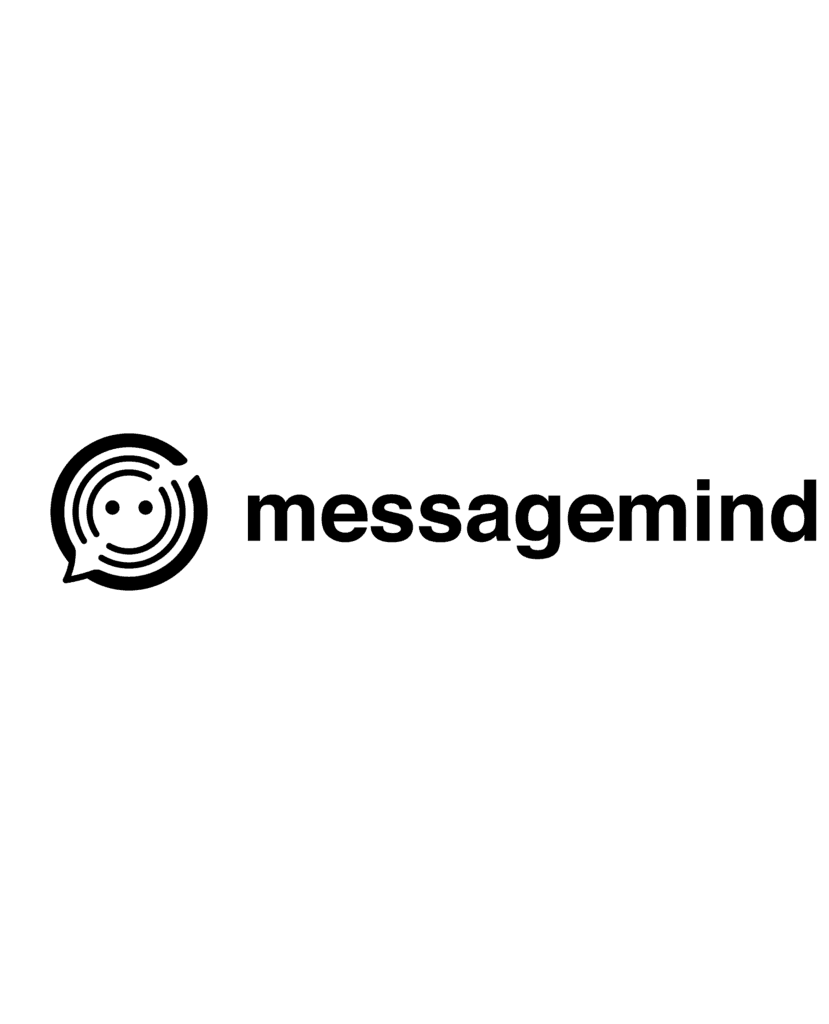Chatbots Are Back — This Time They Work: Building AI Agents That Help

Remember when chatbots used to frustrate more than they helped?
Those clunky pop-ups that couldn’t understand simple requests have given way to a new generation of AI-powered agents — and this time, they’re delivering real value.
The rise of large language models (LLMs) like GPT-4, Claude, and Gemini has redefined what “conversation” means in customer engagement. The technology that once drove simple scripts is now powering entire customer-support ecosystems.
From Gimmicks to Growth Engines
A decade ago, businesses rushed to deploy chatbots for one reason: cost savings. But limited natural-language understanding turned those tools into glorified FAQs.
Today’s AI agents, powered by deep neural networks and trained on domain-specific data, finally do what was promised — they understand intent, personalize responses, and automate workflows.
Platforms like Intercom, Drift, and HubSpot helped establish conversational marketing. Yet even those systems rely on scripted logic at their core.
The real shift is happening with solutions such as MessageMind — where conversational AI doesn’t just chat, it thinks.
The Architecture of a Helpful AI Agent
1. Understanding Context
Modern AI agents use embeddings and memory systems to retain context across messages. They don’t forget what you said five minutes ago — or last week.
2. Multi-Channel Presence
Customers don’t live in one channel. Whether it’s WhatsApp, Instagram DMs, email, or web chat, new-generation agents integrate everything into a single CRM view.
👉 Try connecting your customer channels through MessageMind’s unified inbox.
3. Adaptive Learning
Machine-learning feedback loops allow agents to self-improve. Every solved query fine-tunes the model, cutting response times and improving accuracy.
4. Human-in-the-Loop
The best systems blend automation with empathy. When an AI agent is unsure, it seamlessly transfers the conversation to a human representative — without losing context or analytics.
Why Businesses Are Turning Back to Chatbots
1. Operational Efficiency
AI agents handle 60–80% of repetitive queries, freeing teams to focus on high-impact interactions.
2. Customer Expectations
According to recent studies, over 70% of users now prefer to start their support journey with chat before speaking to a human. Instant, accurate answers have become the norm.
3. Data-Driven Insights
Every conversation becomes a data point — fuel for improving marketing campaigns, product feedback loops, and retention strategies.
Competitors like Zendesk and Freshdesk are also integrating AI assistants, but companies using MessageMind gain a crucial advantage: custom models fine-tuned for their brand voice.
Building Your Own AI Agent
Want to design an agent that truly helps? Here’s a proven roadmap:
Step 1: Define the Mission
Is your agent a sales assistant, a support rep, or a lead-qualifier?
Start narrow — one workflow at a time.
Step 2: Train with the Right Data
Generic models understand language, not your business. Upload FAQs, chat transcripts, and CRM data to ground responses in reality.
Step 3: Design for Escalation
Make human handoff seamless. Your AI should recognize frustration or complex intent and know when to connect with a live agent.
Step 4: Measure and Iterate
Track key metrics:
- First-response time
- Resolution rate
- Human takeover percentage
- Customer satisfaction (CSAT)
MessageMind’s analytics dashboard, for example, helps teams see exactly how AI affects conversion and retention — not just ticket volume.
The Human Side of Automation
AI agents don’t replace empathy — they amplify it. By removing the repetitive layers of support, your human team gains bandwidth to handle sensitive cases and build lasting relationships.
A great chatbot should feel like an assistant, not an obstacle.
Looking Ahead: The Era of Agentic AI
The next evolution is already here: autonomous agents capable of executing real actions. Instead of saying,
“Your order was delayed,”
they’ll reschedule the delivery, issue compensation, and notify logistics — all without human intervention.
Expect to see this power embedded across customer-facing platforms in 2025 and beyond.
And for forward-thinking companies, that means it’s time to rethink the chatbot — not as a widget, but as a core business layer.
Final Thoughts
AI agents aren’t the future — they’re the present.
Businesses that adopt them now gain a head start in delivering personalized, scalable, and data-driven experiences that customers actually love.
If you’re curious about what a modern conversational CRM looks like, explore MessageMind — where messaging, automation, and empathy finally meet.
Ready to Build an AI Agent That Actually Helps?
Start a free demo or learn more at messagemind.ai.

